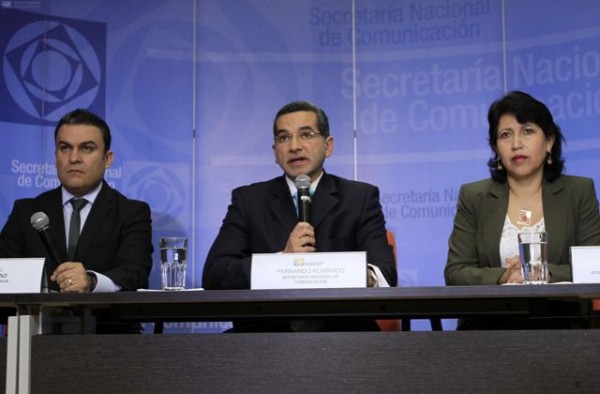In 2022, Colombia must continue betting on the diversification of its export basket in the midst of a complex scenario of container shortages.
(Maria Ximena Lombana took office as Minister of Commerce).
In a dialogue with Portafolio, María Ximena Lombana, Minister of Commerce, advanced the plans of her portfolio to take advantage of the momentum of 2021 and promote non-mining-energy foreign sales, as well as part of the agenda on multilateralism issues, such as channeling the arrival of Ecuador to the Pacific Alliance or the progress in the FTA with Japan.
How do you see the balance of foreign trade?
Without a doubt, the balance is very positive. Total exports totaled US$41,223.9 million, for an increase of 32.7% compared to 2020 and higher by 4.4% compared to December 2019.
A very important fact is that exports of non-mining energy goods reached US$18,186 million in 2021, the highest value for a year in 30 years.
In addition, they grew by double digits (24.5%), higher than the period prior to the pandemic.
(Foreign Direct Investment would reach US$9.8 billion in August).
These have been one of the engines of economic reactivation. This result is explained by external sales of the agricultural and food sector, which totaled US$9,440.3 million, which is also the highest value for a year in history, and that of manufacturing, which totaled US$8,938.9 million, the highest value in a year since 201.
How do you see the trade deficit?
The trade deficit currently stands at about $14 billion. The trade deficit is the reflection of the country’s macroeconomic balance, therefore it should not be analyzed in isolation.
Aggregate demand today exceeds domestic production, and the national government has been seeking, with different measures aimed at reactivating the economy, to recover long-term growth rates.
There is a tendency to believe that imports go against domestic production. But imports contribute to the positive behavior of the productive activity with industrial inputs, transportation equipment, capital goods, that is, they are productive factors that complement the internal supply that the productive apparatus requires to produce other goods and services that help complement the supply in the domestic market and to produce other goods for export. To export you have to import.
Has Colombia been affected by the container crisis?
It is an issue that has affected foreign trade in the world and Colombia is no exception. Although import and export operations have flowed and the ports have not stopped their operations, foreign trade entrepreneurs and operators have faced increases in freight rates, delays in the supply of empty containers and, of course, an increase in at export times. Even so, we managed to increase our exports.
We work in an articulated manner together with other entities to guarantee the proper management and disposal of empty containers, fluidity in logistics, among other measures.
What are the challenges of this 2022?
Without a doubt, maintain the growth that exports of non-mining energy goods bring, which means continuing to advance in the diversification of exports, in the implementation of the recommendations of the Internationalization Mission in the regions – we have already advanced with pilots in 11 departments -, in continuing to take advantage of trade agreements and attracting foreign investment.
Likewise, we must continue to work jointly to face the situation of the container issue and ensure that it impacts businessmen and consumers as little as possible.
What should the country do to increase export diversification?
From the Ministry of Commerce we work on the diversification of the export basket to ensure that more goods from the agricultural, agro-industrial, manufacturing and services sectors integrate that basket.
Likewise, we aim that firms that currently do not export are encouraged to do so and that those that do, increase these flows, with special attention to small and medium-sized companies, as they are the bulk of our business fabric.
Among other programs, it is worth detailing with the purpose of the Internationalization Mission the efforts in the Regionalization Strategy. Departmental internationalization plans are being defined within the framework of the Regional Competitiveness Commissions of each department, in which we are identifying specific projects and actions.
What is coming for the Pacific Alliance this year?
We have just delivered the pro tempore presidency to Mexico and the greatest achievement regarding third markets and rapprochement with Asia-Pacific, with the signing of the agreement with Singapore. Now the task is for each of the countries to start the process to incorporate it into our legislation.
We also renew the mandate for ongoing negotiations with Associated States candidates, countries that hope to achieve a trade agreement.
Also, and by mandate of the Presidents of the bloc, we will begin the work for the process of incorporating Ecuador into the Pacific Alliance.
How is the FTA that is being negotiated with Japan progressing?
The formal start of this negotiation process for an Economic Association Agreement with Japan took place in December 2012. To date, 13 formal rounds of negotiation have been advanced; three mini rounds and seven negotiation meetings. As a result, 16 of the 18 working groups have concluded.
ROBERTO CASAS LUGO







